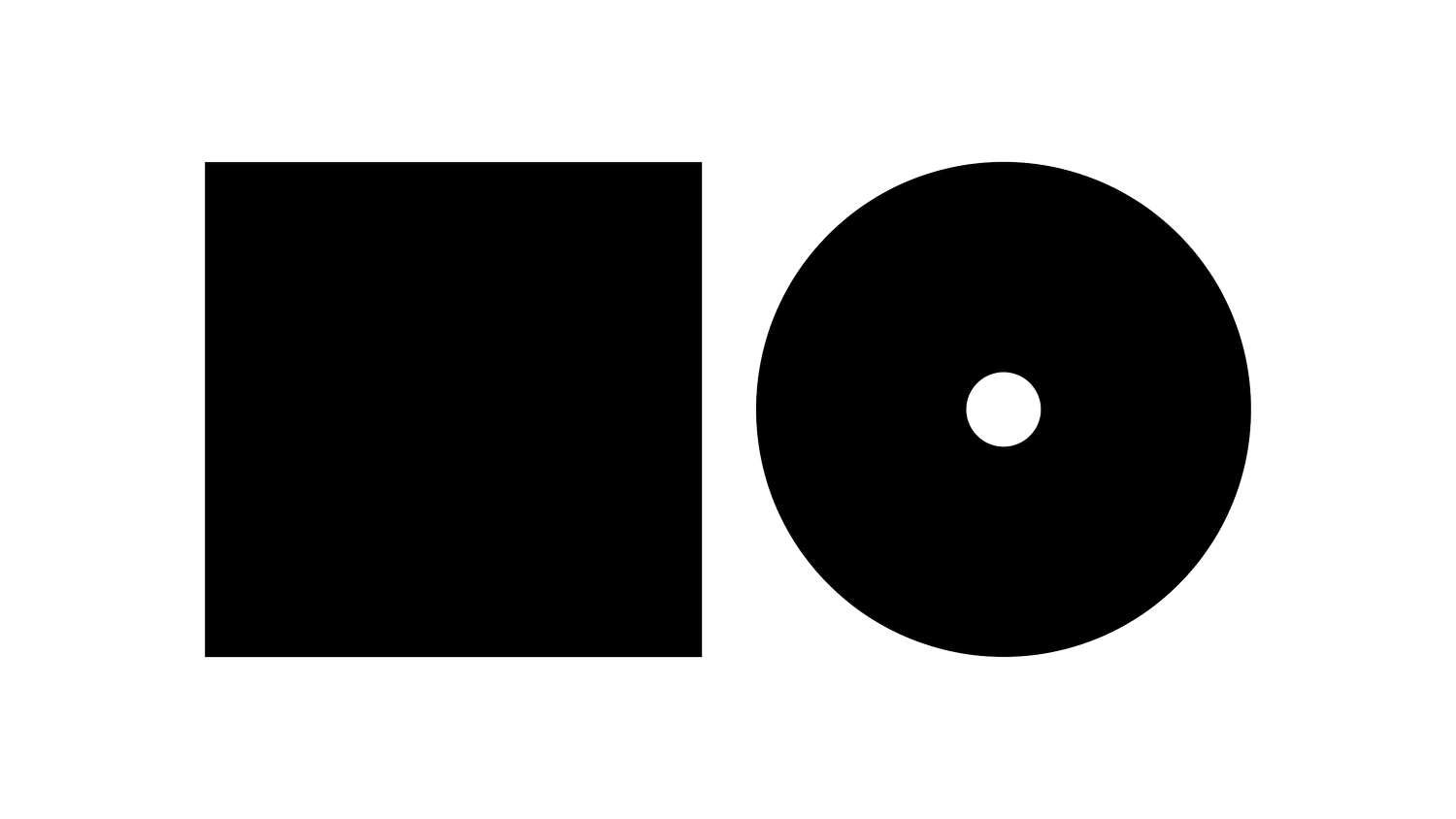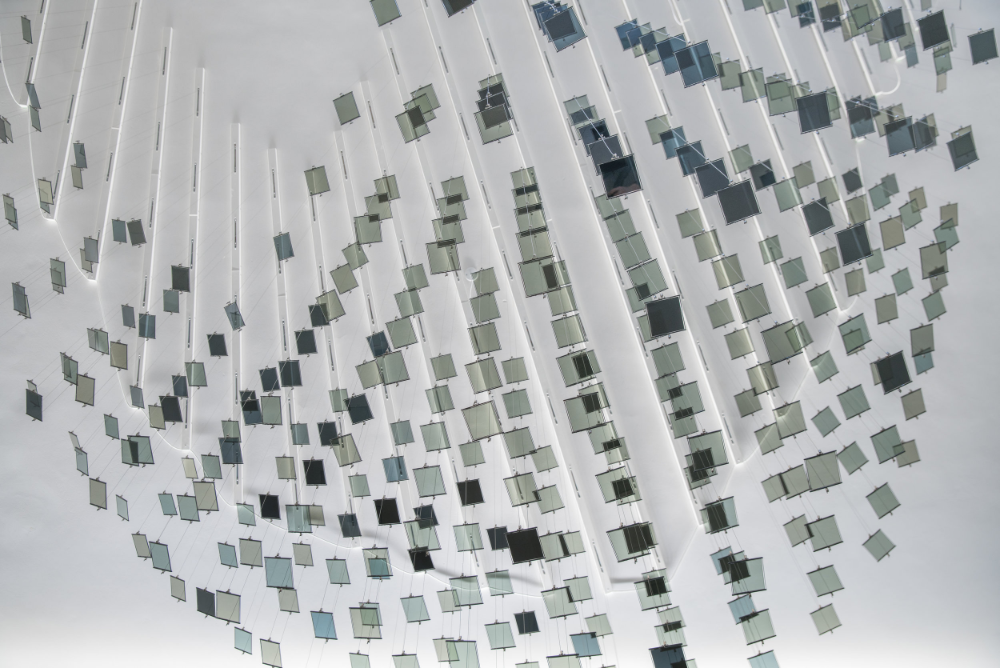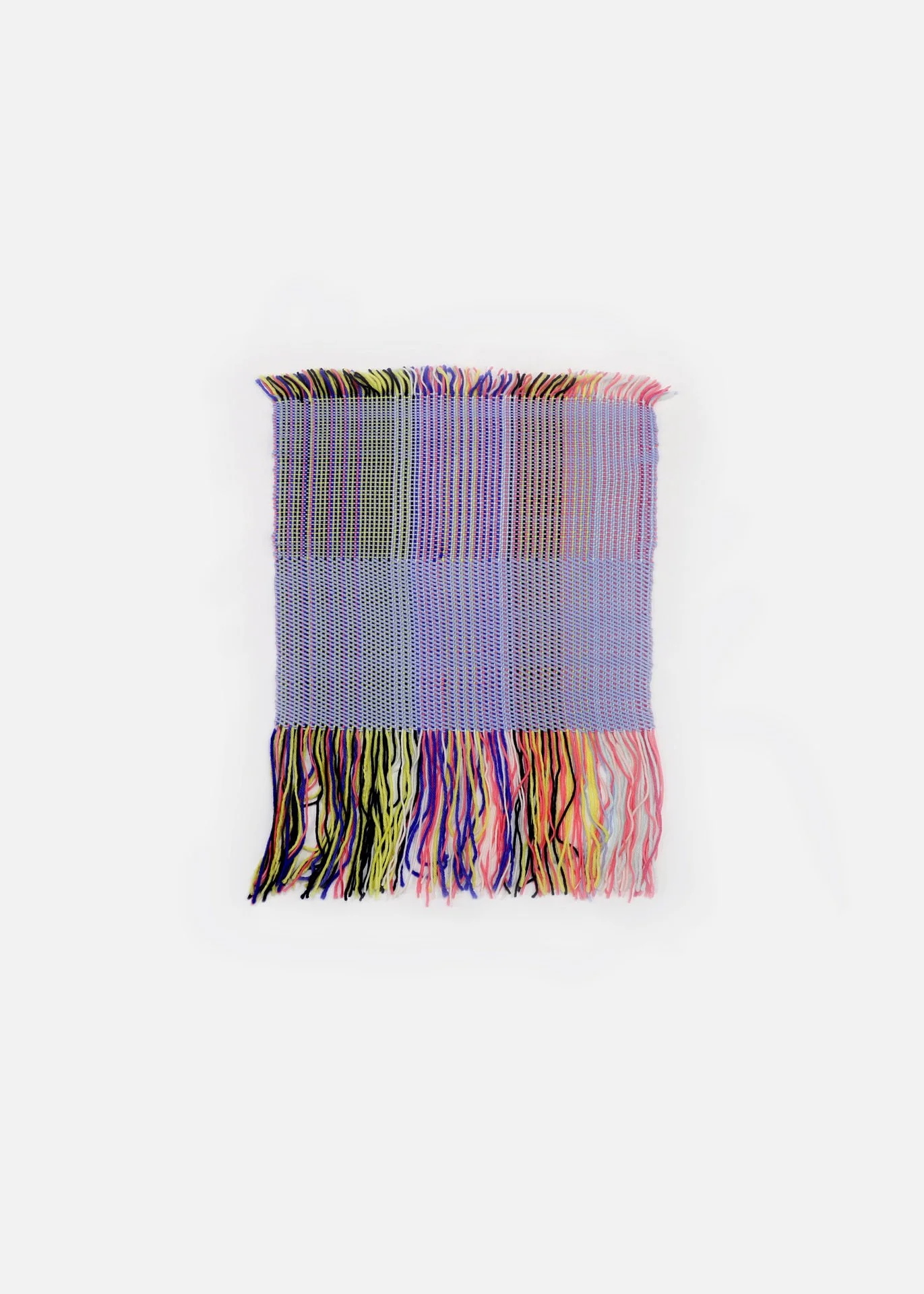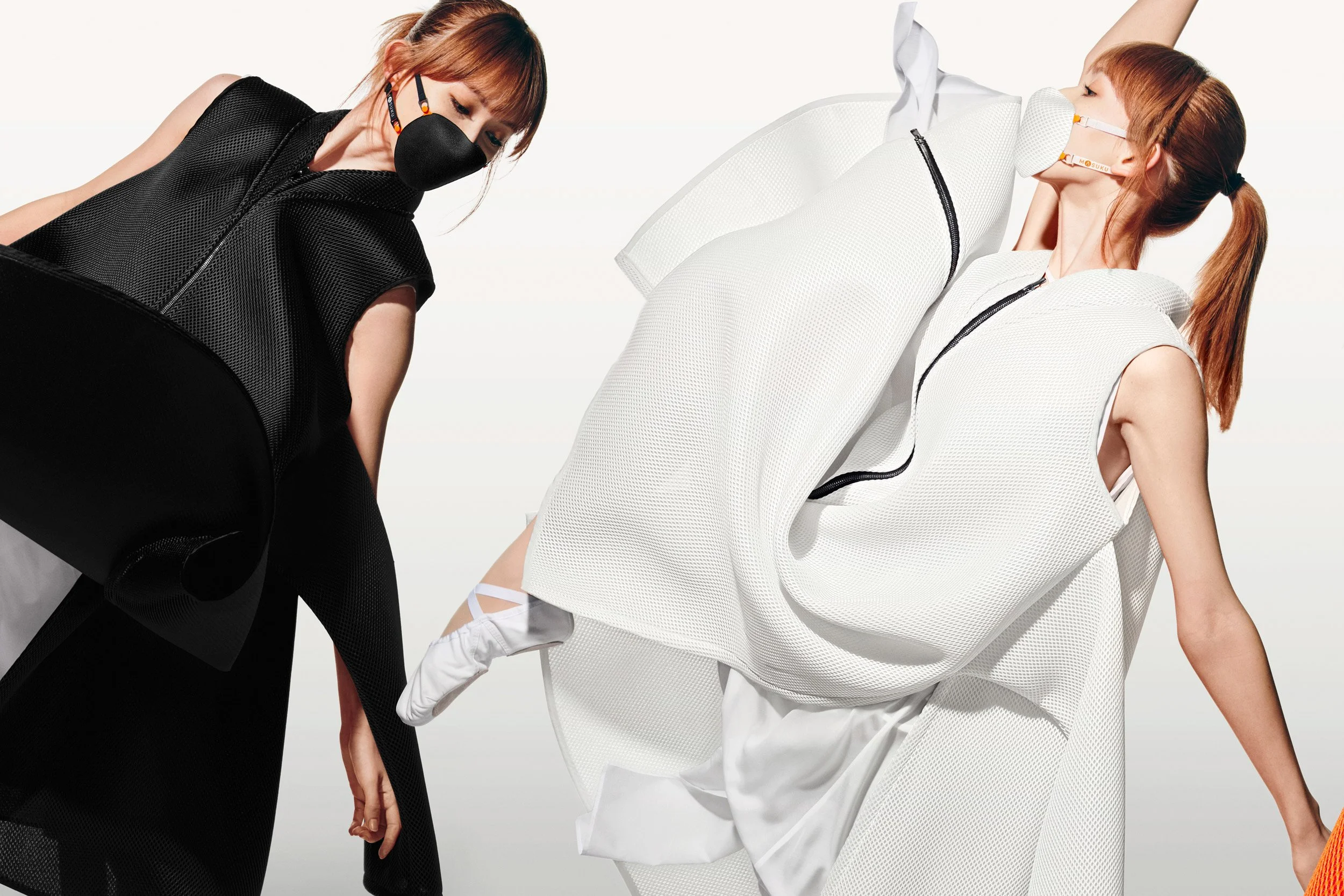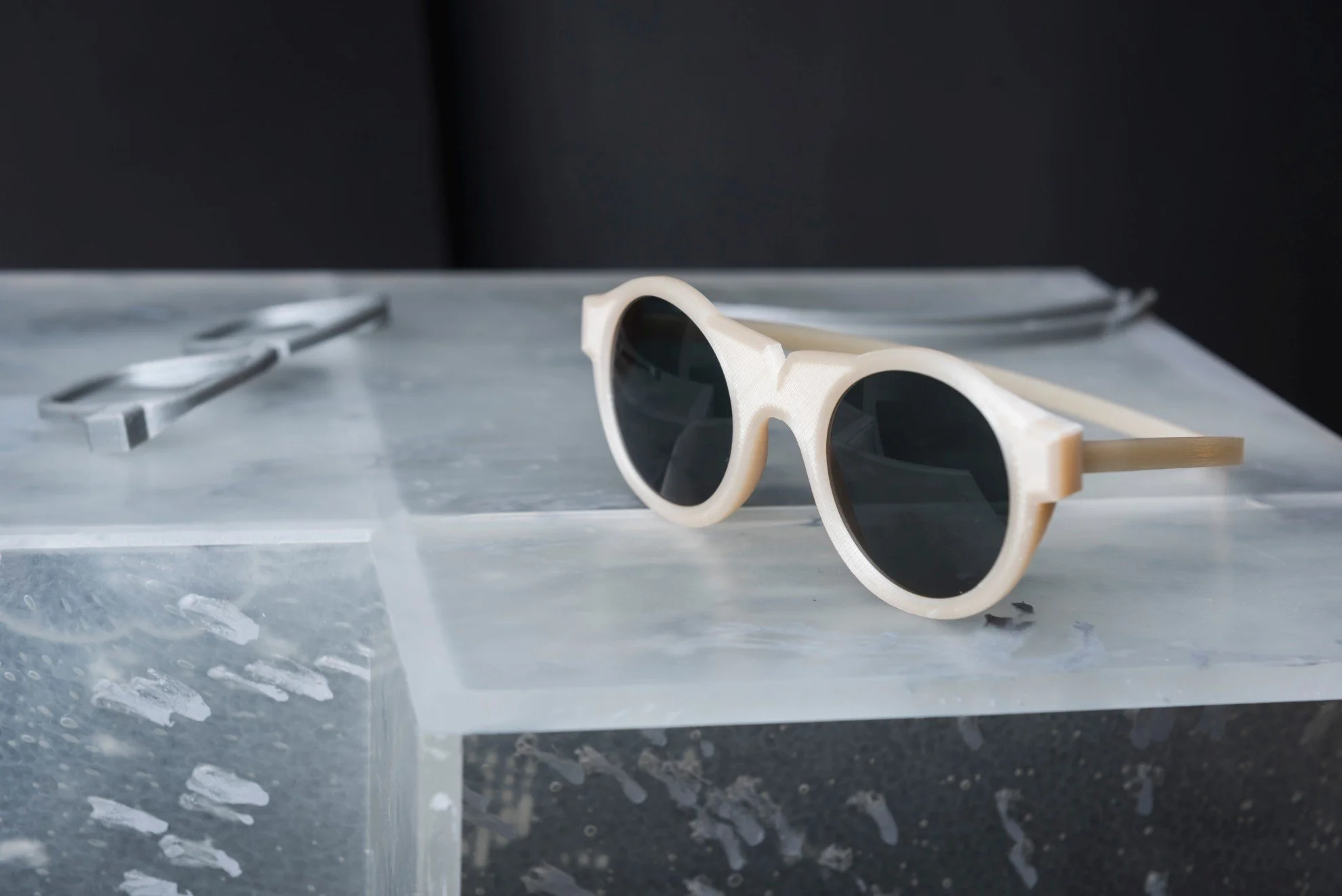P R O L E A R N
Multi-Sensory Design refers to the practice of creating experiences that engage multiple human senses simultaneously. This approach goes beyond visual aesthetics to incorporate touch, sound, smell, and sometimes even taste, resulting in more immersive and impactful user experiences.
Key Characteristics
Holistic Approach: Engages multiple senses to create a comprehensive experience.
Emotional Connection: Aims to forge deeper, more memorable connections with users.
Enhanced Communication: Uses sensory cues to convey messages more effectively.
Benefits
Improved User Engagement: Multi-sensory experiences can increase user engagement by up to 30%.
Enhanced Memory Retention: Engaging multiple senses can improve memory recall by up to 75%.
Brand Differentiation: Unique sensory experiences can set brands apart in crowded markets.
Challenges and Considerations
Sensory Overload: Balancing sensory inputs to avoid overwhelming users.
Accessibility: Ensuring experiences are inclusive for users with sensory impairments.
Consistency: Maintaining a cohesive sensory experience across different touchpoints.
Innovative Applications
Retail Environments: Creating immersive shopping experiences with ambient scents and music.
Product Design: Incorporating tactile feedback and sound design in electronic devices.
Virtual Reality: Enhancing digital experiences with haptic feedback and spatial audio.
Future Outlook
As technology advances, we can expect to see more sophisticated multi-sensory experiences, potentially incorporating taste and smell in digital environments. The integration of AI may lead to personalised multi-sensory experiences tailored to individual preferences.
Call to Action:
Evaluate your current user experience design for opportunities to incorporate multi-sensory elements. Consider conducting user research to understand how different sensory inputs affect your audience's perception and engagement with your product or environment.
